How John Howe turns Tolkien’s words into film
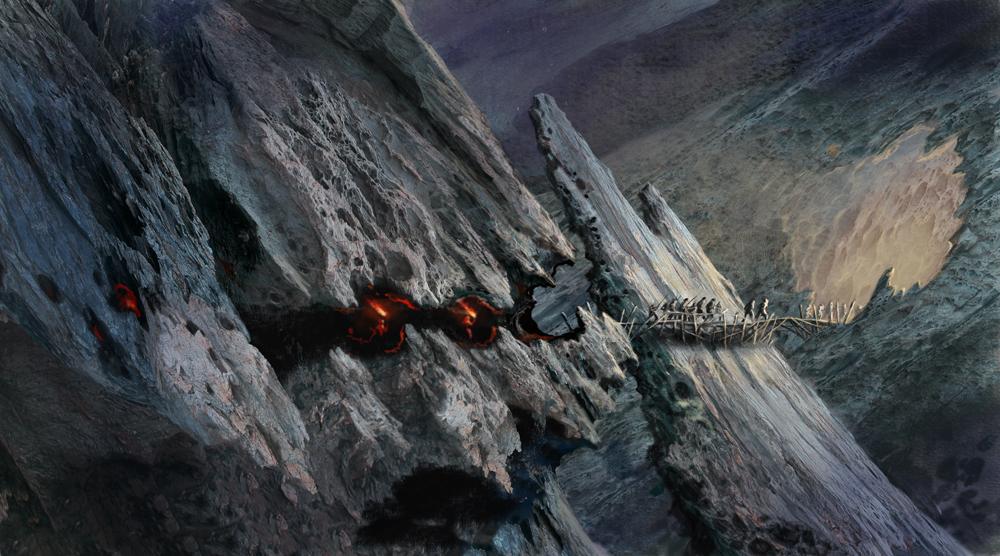
Images we all have of Middle-earth are largely the creation of two men; illustrators Alan Lee and John Howe. A very down-to-earth Howe invited swissinfo.ch into his home where he talked about his inspiration and how he brought J.R.R. Tolkien's words to life.
“His face looks a little bit like mine I think,” says Howe as he shows me a Gandalf sculpture that sits on a small table in his lounge. It’s one of just a few, carefully selected objects on display in his home that show the connection between the illustrator and his most famous work, drawing the concept art and designs for the film adaptations of Tolkien’s books.
To call Howe down to earth despite his integral involvement in the multi-award winning, global blockbusters would be an understatement. However, as he settles down on his sofa, dressed in jeans, a plain grey jumper and socks, there’s no hint of a Hollywood-sized ego here.
Now that the final film version of The Hobbit film has come out in cinemas, Canadian-born Howe has come to the end of a long journey that took him from Switzerland to New Zealand and back, over the course of many years.
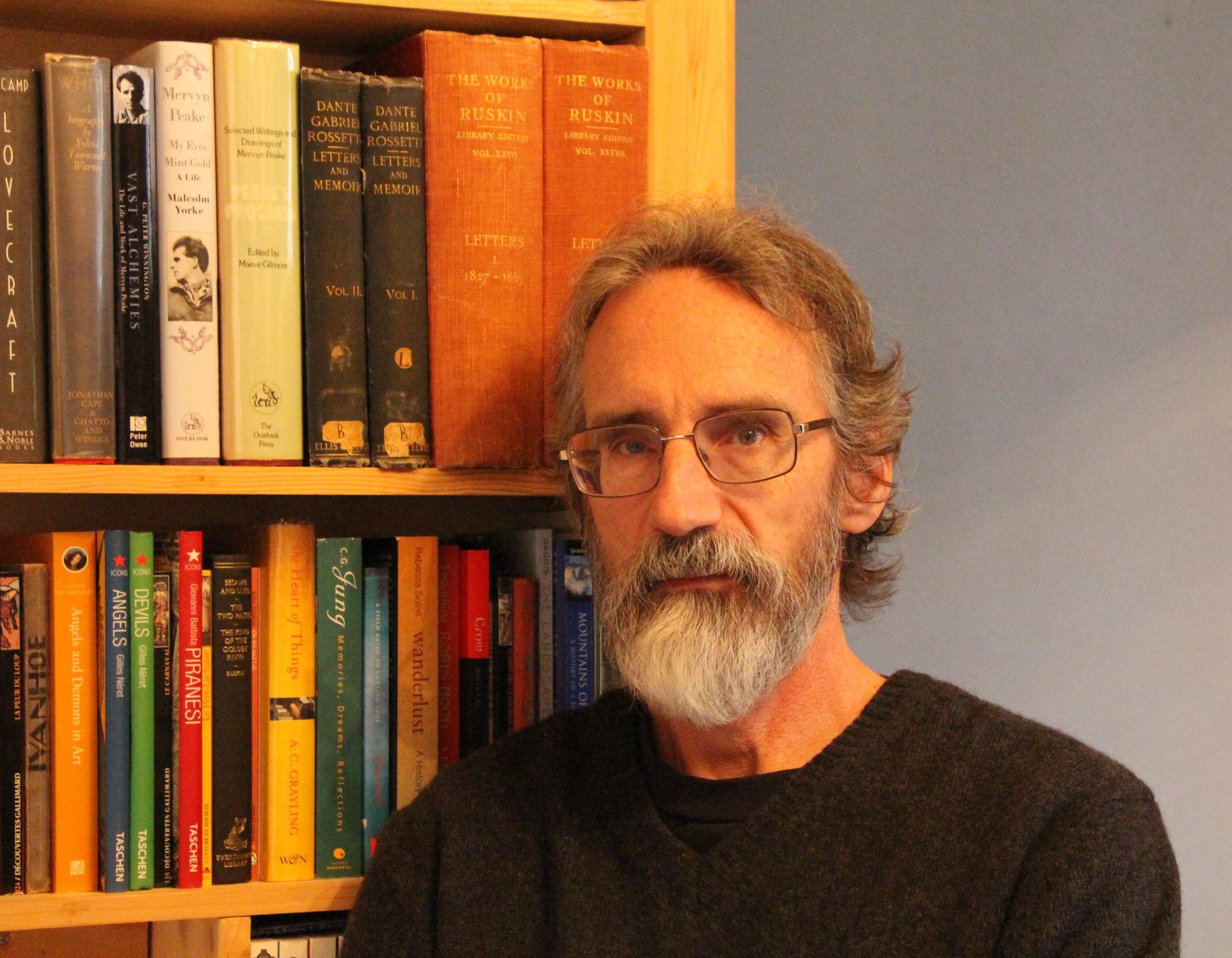
“I always knew that I wanted to draw…I didn’t know it was actually a profession until I finished high school,” Howe told swissinfo.ch. He’s talking about a time that, in his words, is “practically pre-history in terms of the media we know today”.
“Any kid in high school who can draw can put it up on the internet now,” he muses. For him however, starting out was about getting feedback from family and friends, putting a portfolio together and trying to get in to art school.
He studied near Strasbourg in France before he and his wife were offered jobs in the 1980s on an animated feature film in Lausanne.
First images
When the Lord of the Rings movie was in its very early stages, the filmmakers came across work by Howe as they begun to shape the look and feel of the film.
“They basically covered the walls of their office with artwork they’d found,” said Howe. “A majority must have been by Alan Lee and myself, so I think we got them by default in a sense.”
He had illustrated a number of Tolkien calendars in the 1980s and 90s.
“I had no idea who Peter Jackson [the films’ director] was, I’d never seen any of his films,” Howe confessed. He describes setting off to work on the film in New Zealand – in his understated style – as “a bit of an adventure”.
On set
Howe and Lee used Tolkien’s novels and the script to create the concept art for designers and others in the production team to construct costumes, sets and props.
“Instinctively I knew what I thought things should look like, but there was also a lot of revision,” said Howe. He and Lee would draw the images and then redraw after consulting with Jackson.
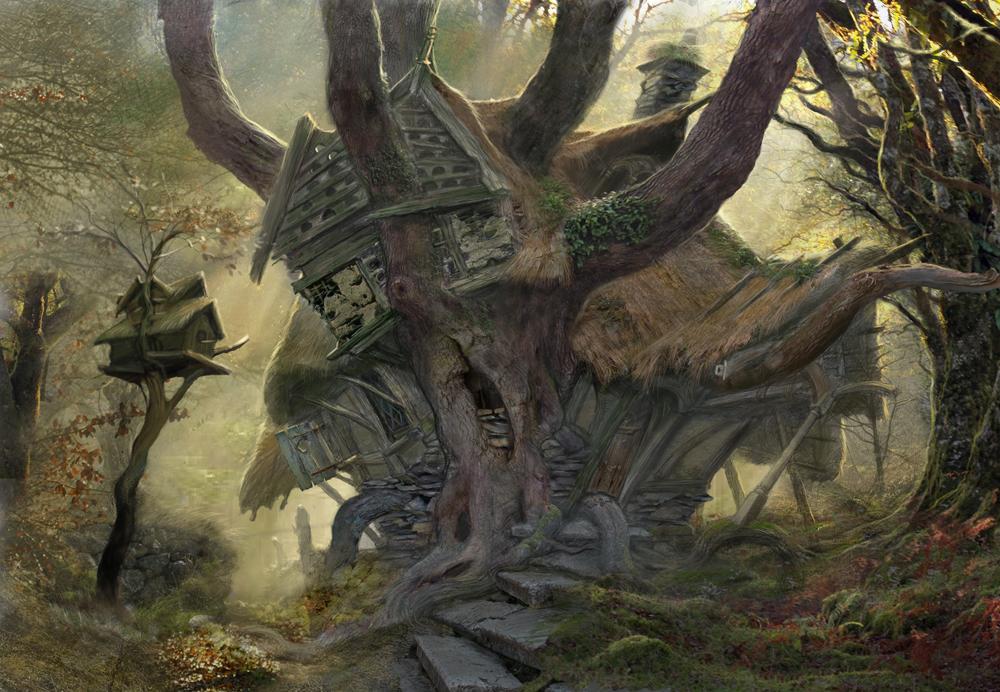
“Sometimes one drawing can be enough to inform an entire team,” said Howe. He blends the mythical names and vocabulary from The Lord of the Rings and The Hobbit stories into his speech as he talks, so familiar are the concepts to him, they no longer warrant clarification.
In The Hobbit, Beorn, a warrior who can change into a bear, gives a king, Thorin Oakenshield, and his company of dwarves, shelter in his home.
“For a set like Beorn’s, there would be the initial drawings which would outline the style and the culture behind it. From then on in I think I did possibly a good hundred drawings of each of the carvings, because they’re all different,” recalls Howe.
Howe had to redesign the outside of Beorn’s house even though everything had been built and shot, when Jackson decided it wasn’t “quite grand enough” after seeing the finished construction.
Despite events like this, Howe describes the director as “quite amazing” but “easy going”. Overall, Howe and Lee created 6,000-7,000 pieces of artwork for The Lord of the Rings and more for The Hobbit films.
Inspiration
Enchanting audiences from the hardcore Tolkien fans to the casual cinema-goer was a task that required extensive research on Howe’s behalf.
It was an undertaking that seemed to click with Howe, as he showed me his study. Rather than a room filled with paintbrushes and sketches, his workspace consists of a computer on a neat desk, surrounded by walls lined floor to ceiling with books, many of them on mythology, ancient iconography and fantasy creatures.
“You’re not simply illustrating the text as it is, you’re also trying to bring back in some of the author’s sources … and the fascinations the author had,” said Howe, looking around at the books.
He sees Tolkien’s tales as “an open door” into the world of myth and saga, such as the ‘Nibelunglied’ or the Song of the Nibelungs, an epic poem written in Middle High German or medieval narratives of the legend of King Arthur.
To have done anything less than thoroughly delve into Tolkien’s way of thinking, would have been “ultimately quite disappointing” he said thoughtfully.

More
How Tolkien’s words turned into Hollywood hobbits
The Swiss connection
In 1911, when J.R.R.Tolkien was 19 years old he came on a walking tour to Switzerland. Numerous Tolkien experts believe various scenes and locations in the books were based on sights he saw during his time in the country, as does Howe.
“I believe the lonely mountain was inspired by his view over the Matterhorn, and that’s very officially noted in the annotated version of The Hobbit,” said Howe.
He also lists the alpine resort of Grindelwald as “surely” being his inspiration for Rivendell, and Lake-town as being based on the now disproved concept of Swiss Lake dwellers.
When asked if he is someone who goes to visit these places to look for the similarities himself, he admits, referring to himself and his wife “we’ve never been to Grindelwald actually, which is really shameful isn’t it! So we must go”.
He pauses in his characteristic style.
“It’s all about taking the time and trouble to place yourself in a certain perspective. There is great value in making a little personal pilgrimage to these places,” said Howe.
“Just imagine this 19-year-old, doing his walking tour of Switzerland before the war … which he might not have survived, because most of his companions didn’t.”
After five years away working on the film projects, Howe is now looking forward to getting back to his pencils and paint, and perhaps even visiting some of the Swiss locations he’s become more familiar with than he may realise, through his illustrations.

In compliance with the JTI standards
More: SWI swissinfo.ch certified by the Journalism Trust Initiative

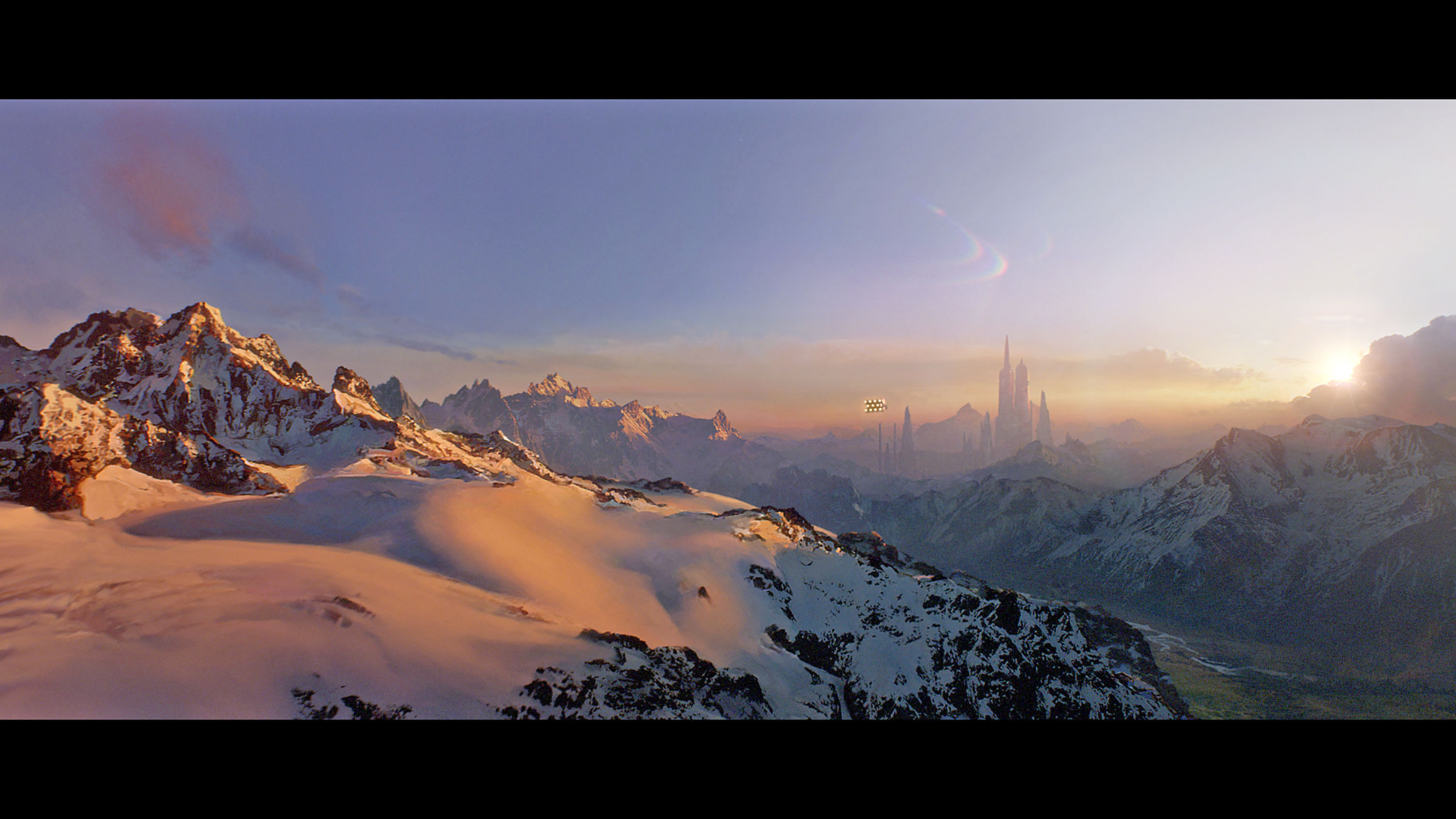
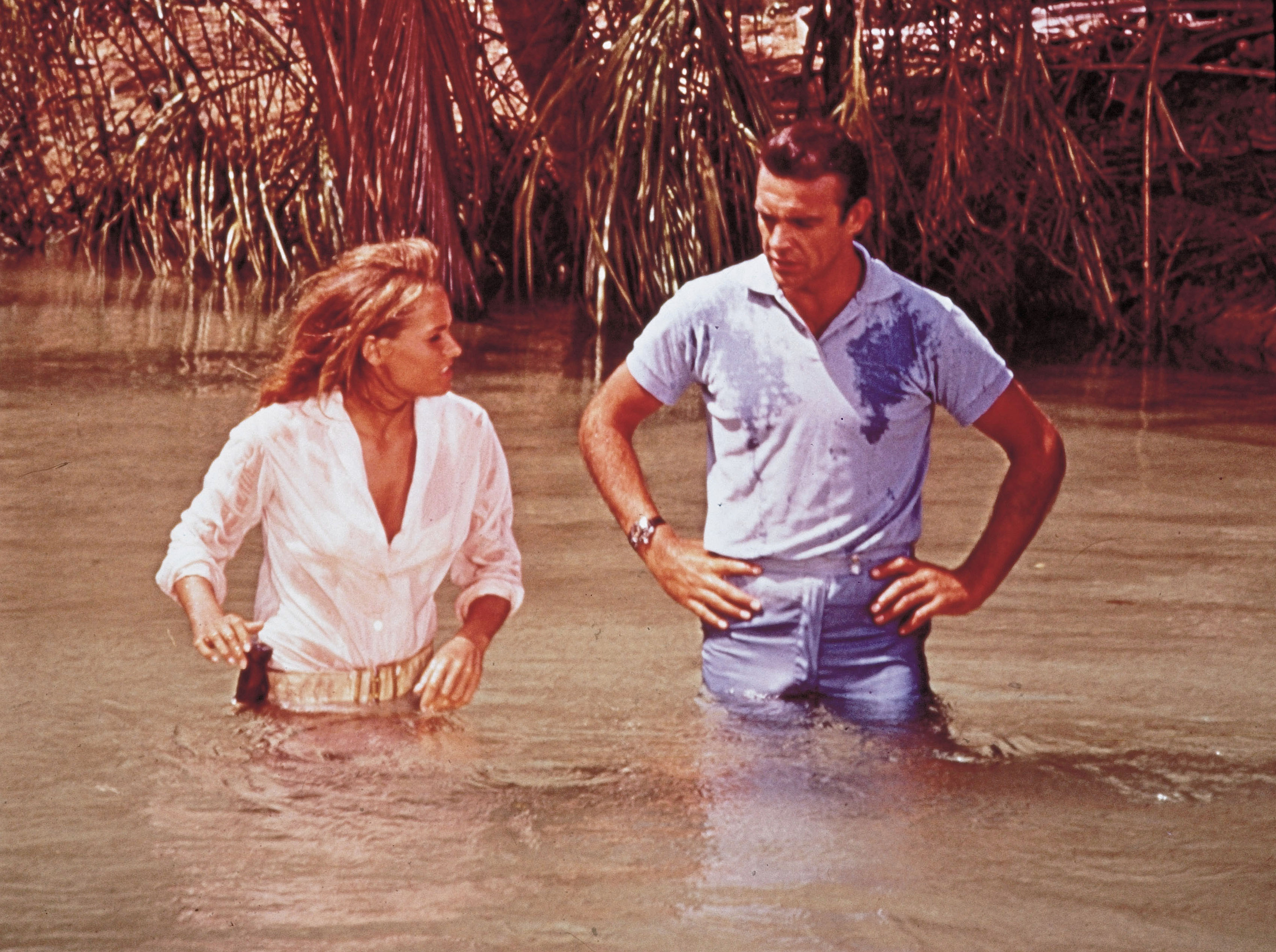
You can find an overview of ongoing debates with our journalists here. Please join us!
If you want to start a conversation about a topic raised in this article or want to report factual errors, email us at english@swissinfo.ch.